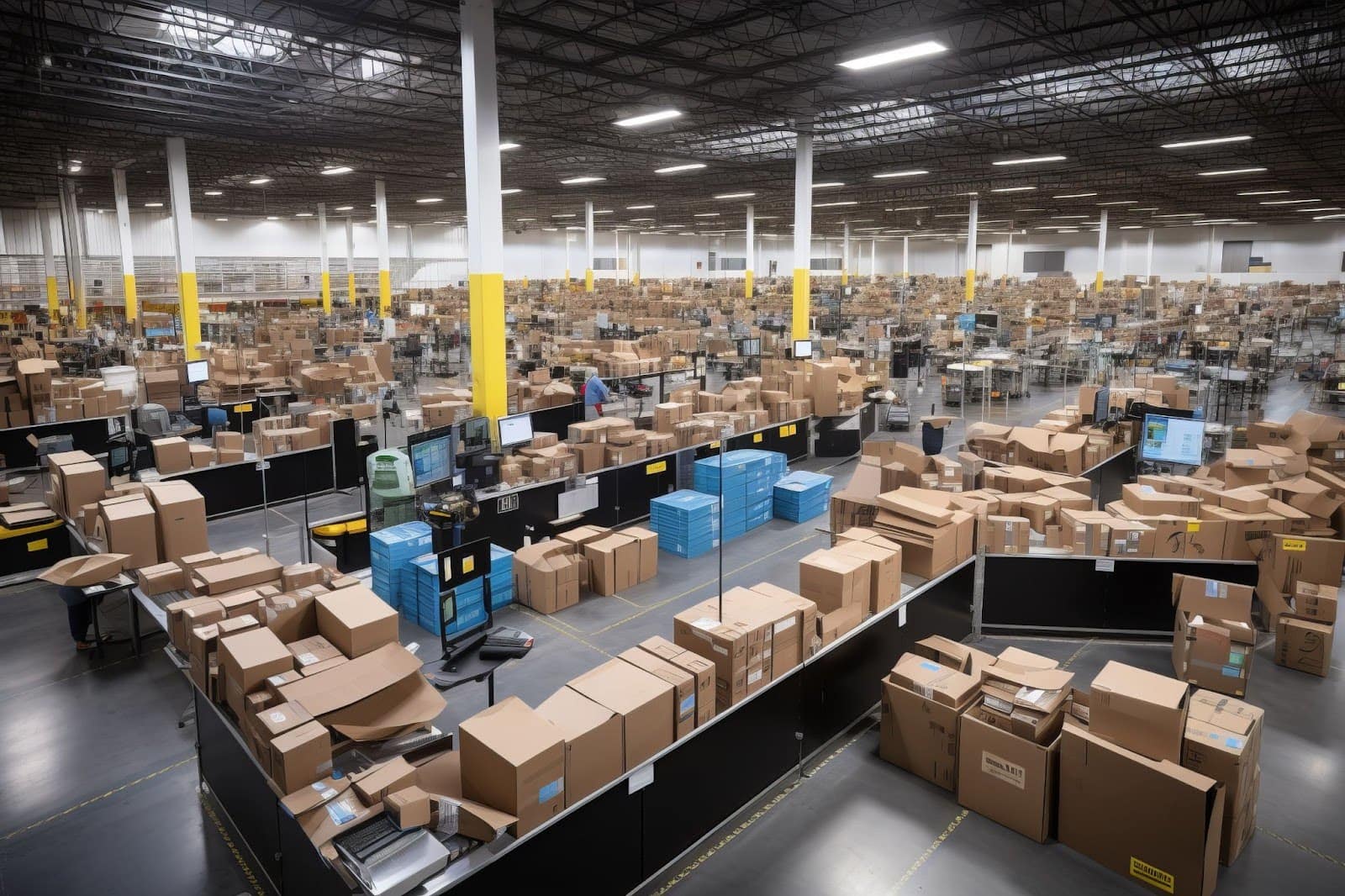In today’s retail landscape, the success of a label often relies on its ability to provide products in an efficient manner and successfully. As client needs rise for faster shipping and hassle-free service, many organizations are relying on fulfilment centres to improve their operations. These facilities act as logistic centers, enabling brands to streamline their distribution networks and concentrate on their core business operations. By taking advantage of fulfilment centre services, companies can boost order correctness, minimize shipping times, and ultimately provide a more satisfying experience for their customers.
The following article investigates several case studies showcasing how successful brands have leveraged the capabilities of fulfilment centres to boost their growth and operational capabilities. We will explore various methods to fulfilment, highlighting innovative strategies and the tangible benefits that arise from working alongside these essential service organizations. Whether a tiny startup or an established retail giant, comprehending the role of fulfilment centres can offer valuable perspectives into optimizing customer service provision and gaining a competitive edge in the industry.
Grasping Fulfillment Centres

Fulfillment centers are dedicated warehouses designed to optimize the purchase processing and delivery methods for companies, particularly in online commerce. These locations act as the central point for inventory storage, fulfillment, packaging, and shipping. By leveraging fulfillment centres, brands can effectively manage their logistical operations, reduce shipping durations, and improve client contentment by ensuring on-time shipping of goods.
As online shopping keeps to grow, the value of fulfilment centers has turned increasingly apparent. They allow businesses, regardless of scale, to broaden their reach without the need for significant capital in their own warehousing and logistics operations. By delegating fulfilment to these centers, brands can focus on core activities such as marketing and creating new products while leaving the complexities of order processing to the specialists.
In also to enhancing operational efficiency, fulfillment centres also offer scalability. As demand changes, companies can readily alter their inventory levels without the limitations of a permanent warehouse. This flexibility allows companies to respond quickly to market changes and seasonal peaks, ensuring that they can satisfy customer expectations and maintain a position in the ever-evolving e-commerce landscape.
Essential Strategies for Success
Thriving companies that utilize fulfilment centre s often use a multi-channel approach to reach their audience successfully. By merging e-commerce and traditional sales platforms, these brands can maximize their outreach and ensure that their fulfilment approaches match with consumer shopping patterns. This method facilitates for a seamless shopping journey while keeping inventory quantities balanced across all channels. By harnessing data analysis, businesses can make informed decisions on stock levels and fulfilment capabilities, contributing to increased efficiency.
Additionally, openness and information exchange hold crucial positions in the effectiveness of fulfilment centre operations. Businesses that offer up-to-date notifications and transparent information about shipment statuses cultivate trust and assurance among their customers. Utilizing advanced solutions, such as real-time order management systems, helps to ensure customers updated and involved throughout the fulfilment process. This commitment to transparency not only enhances customer happiness but also encourages repeat purchases and brand loyalty.
In conclusion, investing in strong alliances with fulfilment centre partners can considerably enhance operational efficiency. By working closely with these services, brands can tailor their fulfilment operations to better meet their particular needs and objectives. This partnership can lead to quicker order processing times, lowered shipping expenses, and better overall service quality. A mutual alliance with a fulfilment centre enables businesses to remain adaptable and reactive to market shifts, thereby driving growth and achievement in a challenging landscape.
Examples of Prominent Brands
Many successful brands have utilized fulfilment centres to boost their operations and customer satisfaction. One notable example is the global fashion retailer Zara. By utilizing fulfilment centres, Zara enhances inventory management and reduces shipping times. Their power to quickly respond to fashion trends is largely ascribed to their streamlined logistics, allowing for quick replenishment and delivery to stores and online customers alike.
A further brand that excels in utilizing fulfilment centres is Amazon. The e-commerce giant has a vast network of fulfilment centres strategically located around the globe. This infrastructure enables them to offer same-day and next-day delivery services, differentiating them from competitors. Amazon's investment in automation and robotics within these centres has substantially increased efficiency, assisting the company to manage peak shopping seasons seamlessly.
HelloFresh, a meal kit delivery service, also demonstrates the impact of fulfilment centres on brand success. By centralizing their packaging and shipping operations, HelloFresh can ensure that the ingredients reach customers in optimal condition and on time. Their use of fulfilment centres allows for precise inventory control and the ability to expand operations quickly in response to customer demand, thereby enhancing their market position.
